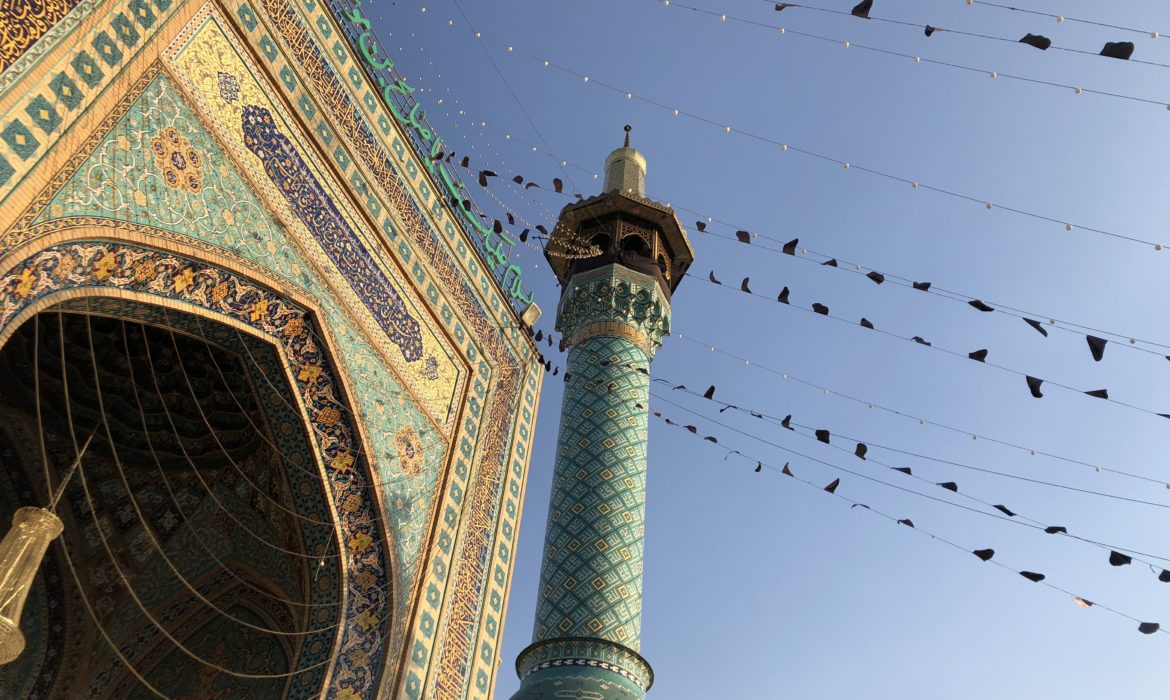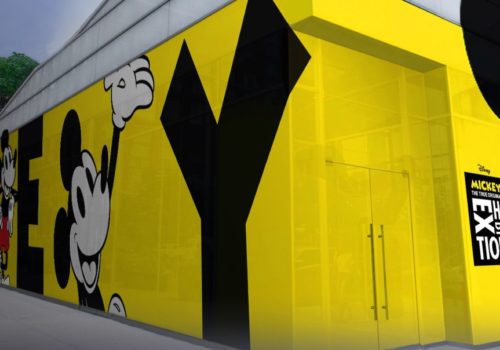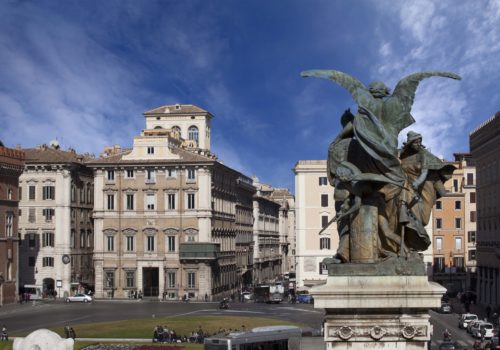The role of designers in imagining public spaces in which to create experiences of integration
One journey narrated in three articles that we are publishing day by day. A focus on Iran and its invitation to designers to participate in the International Conference on public space.
This summer I was invited to participate in the first International Conference titled Public Space: Learning from the Past and the Present for the Future (FUPS2018) in Teheran, Iran. The purpose of the meeting to be held at the Tarbiat Modares University was to revisit the concept and experience of public spaces, as the continuation of the historical identity of cities and a means to improve the quality of life of each citizen.
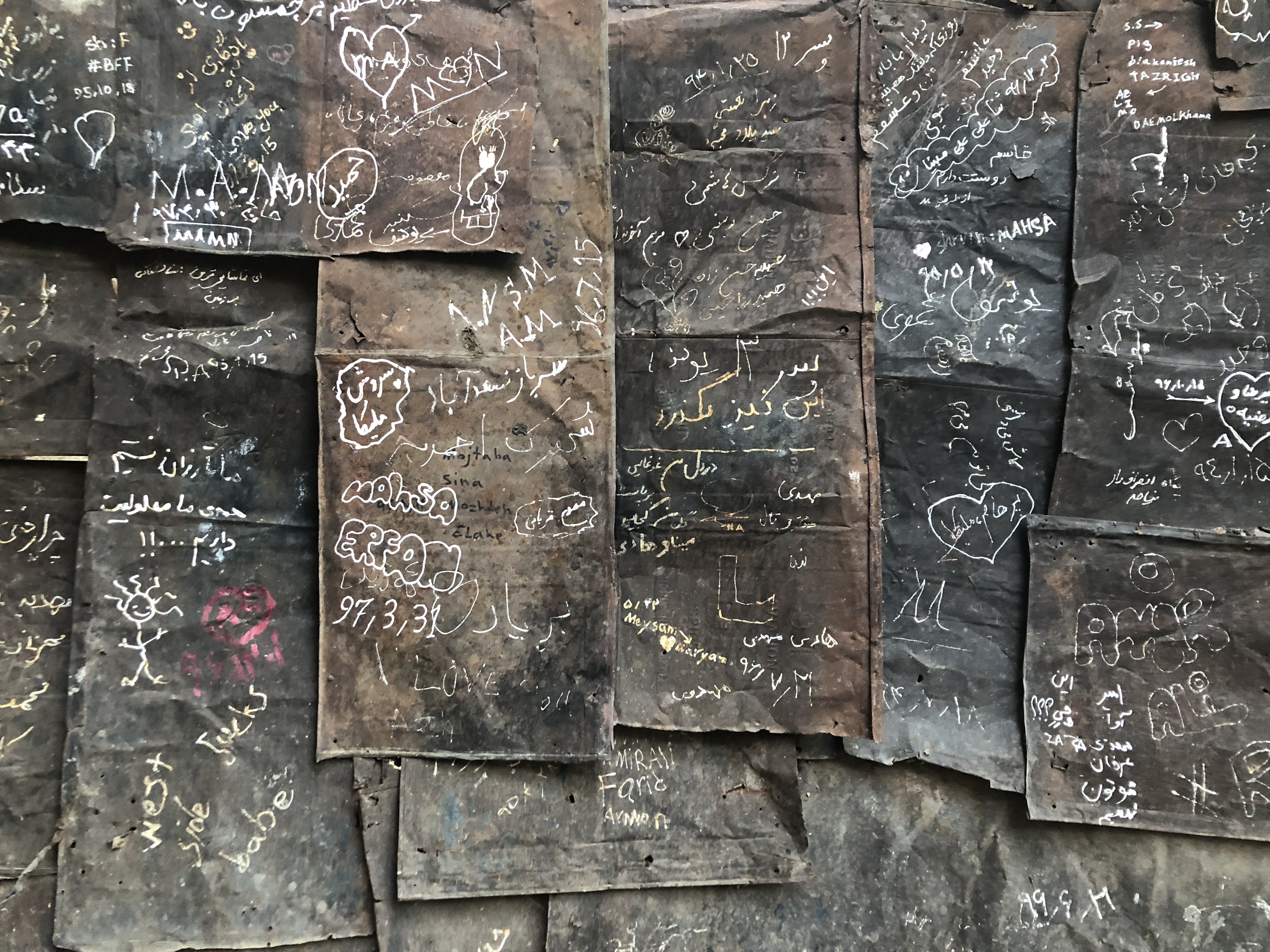
Graffiti in Osun, North Tehran. © Cristina C. Murphy
I presented my research into urban spaces and how designers should cast light on the great global phenomena of immigration. My article, “The Spatial Impact of Immigration”, suggests two elements: on the one hand, that multiculturalism is now a fact, on the other that we designers are responsible for planning sustainable cities that are open and accessible to all. Two elements that are in line with the assertion of German philosopher and sociologist Georg Simmel: “the foreigner must therefore not be considered as a wayfarer, here today and gone tomorrow, but as a man who comes today and stays tomorrow”.
Immigration is a phenomenon that cannot be stopped, because the reasons that drive people to seek a better place to live are strong and deep-seated. As a whole, the Western world needs the contribution of immigrants, because of its complex social and cultural dynamics. That is why it is essential to develop a strategy that can lead to a virtuous welcoming process.
For urban designers, there is only one key question: how can we recognize, respect and welcome diversity by means of the built environment?
As architects, our responsibility is to give citizens the opportunity for positive encounters between different groups within public spaces, equal access to services, and to implement new typologies of participatory design. There is only one way to achieve this objective, and that is to involve all the interested parties in a discussion about experiences, knowledge and funding.
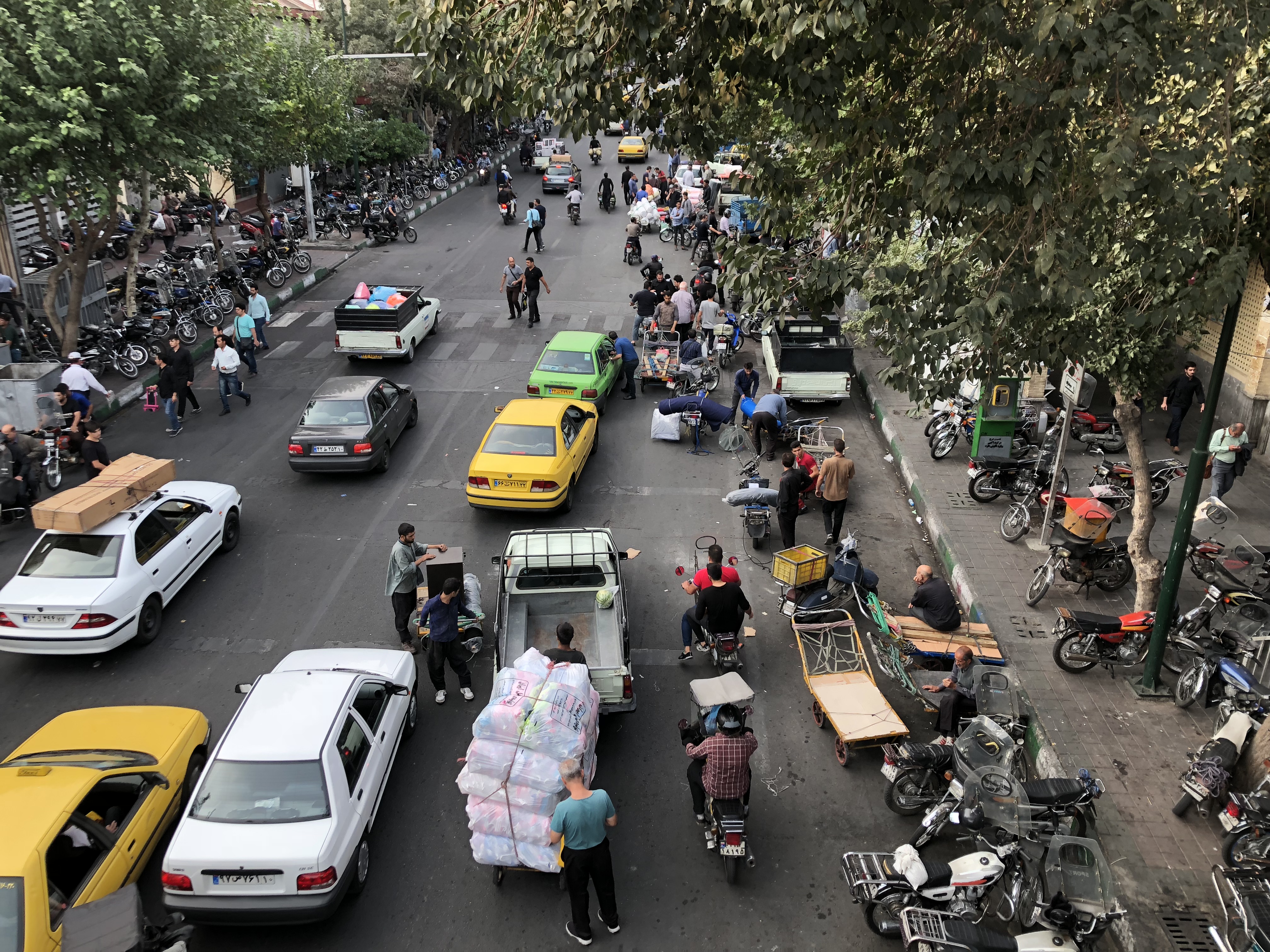
Traffic in Tehran. © Cristina C. Murphy
In my research study, I identified an “intermediate” space that provides the first port of arrival for the Global Citizen. These are ambivalent sites, located between the country of origin and the host country. Though they are almost always dangerous, undesirable and inconveniently located, these places remain the only interface between the two worlds. This is where people begin to plan their future as individuals, families and entire urban communities.
These are the areas in which global and local ideas contribute to a learning process based on acceptance, respect and integration. This intermediate place must be identified with a public space, rather than an internal section of a district. In other words, an open-source environment in which people can meet, interact, and exchange ideas.
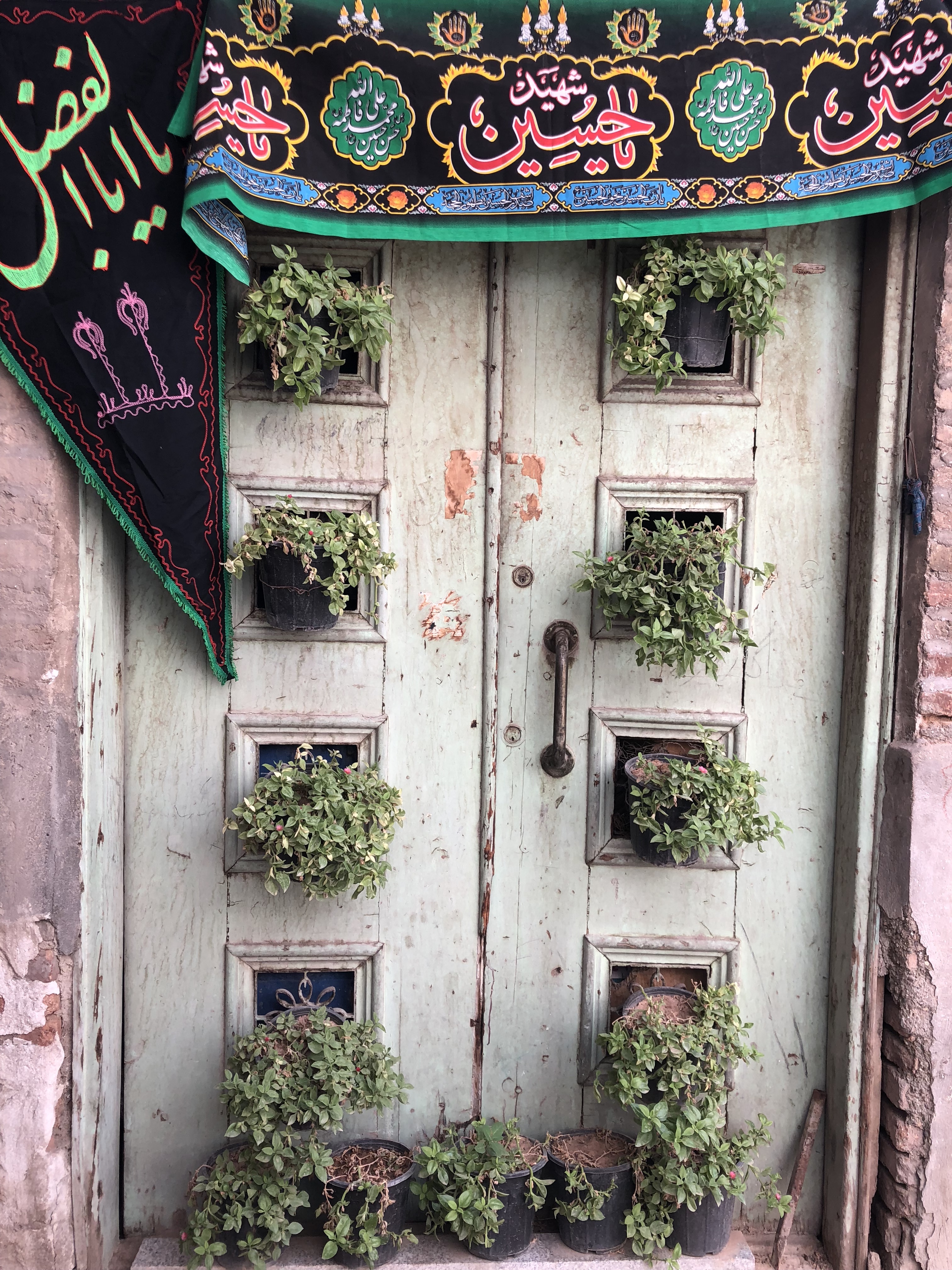
© Cristina C. Murphy
As highlighted by projects such as BIG Superkilen in Copenhagen, public space is experienced by the various elements that constitute a society. These areas are very important to the immigrant population because they are capable of celebrating diversity and at the same time of inspiring other cities. It is essential for new arrivals to be involved in the design of the spaces that they will inhabit. The goal, in fact, is to create a community that uses its resources collectively and efficiently, facilitating growth and inclusion: “solid high-performing communities, the result of an in-depth analysis of the way people live and work”, to quote Alexis Zanghi and his book “The Importance of Arrival Cities”.
© ALL RIGHTS RESERVED
translation by Olga Barmine


